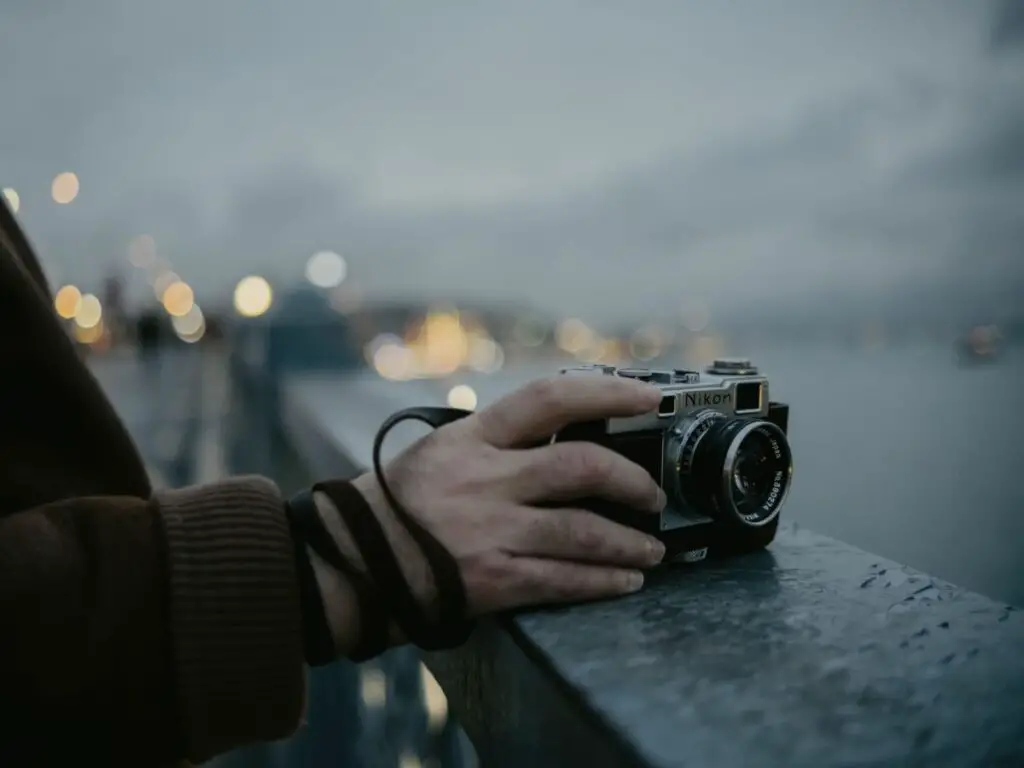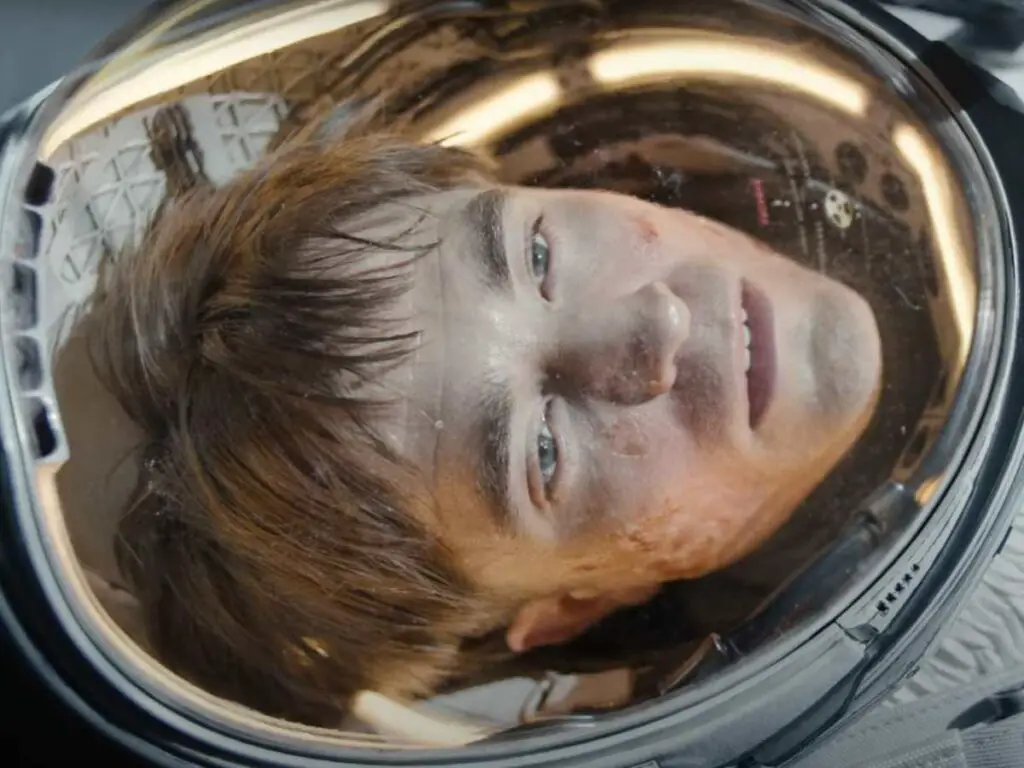The art of storytelling as seen through films and television is largely contingent upon how well the visuals correspond with the narrative. Which is to say, the key to effective storytelling lies in using the footage of a project in such a manner that it communicates what is transpiring on screen in an engrossing manner. Most films and television projects utilize two types of footage: A-Roll and B-Roll. In order for the narrative to make sense, both kinds of footage are used to complement one another. Let’s take a look at what B-Roll is and how it can enhance the viewing experience for an audience.
While shooting a project, filmmakers and cinematographers will create two different types of footage. The first type is the primary footage of the central subject of the story, called A-Roll. The second type is composed of additional footage that revolves around the central subject matter, but doesn’t directly correlate to it. This is called B-Roll. Since it is not the primary focus of the storytelling arc, one might wonder why is B-roll important.
A-Roll vs B-Roll
While the term A-roll has been rendered redundant in the industry, B-roll is still widely used. However, it is not the surplus material that ends up on the cutting room floor. B-roll footage is useful in providing context to the events and information being presented on screen. It can be useful in breaking up long stretches of narration, provide information about setting and tone, as well as create a distinctive atmosphere for the film or programme.
Although B-roll footage had been utilized in editing for a long time, its current use was pioneered in the 1980s, when it was adapted for linear video editing using two tape decks. While A-deck contained the main material, B-deck contained the B-roll, which was used to add footage with establishing shots, cutaways, or footage that supported the primary video material. As the sound usually came from the A-roll, these clips were added in a manner that did not disrupt the order of the video and sound editing.
How to use B-roll?
B-roll is best used in a way that it adds value to the story and information being provided through the A-roll. It’s helpful to think of the A-roll as the mainframe of the story, and the B-roll as the supporting structure. So, while A-roll would capture the main interactions or action between the subjects, B-roll would focus on the stage setting, location, or even the same interaction from a different angle. Of course, sometimes stock footage was also used. All of this could then later be edited to create footage that didn’t look staged or repetitive.
B-roll is also used in newsroom footage and interview set-ups as a means of interspersing coverage of information with corresponding visuals. A good way of breaking up long stretches of back-and-forth cutaways in footage, in which the subjects are having a conversation, is to show them all from a different angle. Alternatively, you could focus on the details of the setting around them to break the monotony.
Let’s take a look at how it can further be used in different situations with a few B-roll examples:
Establishing location
Using B-roll to differentiate events happening at different locations is a good way to maintain narrative coherence without an excess of cutaways or exposition. This also allows the editor to avoid jarring transitions and maintain pace. For example, if there is a change of setting where the characters head inside a restaurant, then B-roll footage would usually show an exterior shot of the restaurant and then integrate seamlessly with the footage of characters inside. This is a classic device used in popular sitcoms such as Seinfeld, F.R.I.E.N.D.S and Modern Family.
Check out this example below:
In this case, the footage of a city during nighttime and the gradual fade in to the dinner scene in a restaurant adds context to what’s happening, and provides a smooth transition from previous, unrelated sequences.
Similarly, here’s another example.
Note the exterior B-roll shot of the house at the start of the video, and the shot of a hospital at the 2:19 mark. The idea is to convey the passage of time and the sequence of events in a quick and efficient manner.
Conveying tone
This mode of using B-roll is especially effective when supplemented by narration that conveys what’s happening in the main narrative. Consider the following scene from The Great Gatsby. From the start of the video till the narrator meets his acquaintances inside, we are shown the scope and setting of the party’s location and seemingly unrelated activities of the guests in order to suggest wild abandon and a cavalier attitude at this point in the story. The editing is done in a montage sequence, with shots from the A-roll, starring the narrator interspersed with quick overviews of the party here and there.
This also helps build up a sense of anticipation for when something does finally happen. In this case, the appearance of the mysterious Gatsby.
Disguising errors
Sometimes, the A-roll footage may capture elements that are undesirable in the footage (such as crew or equipment or props), or reveal certain errors in continuity. To mask this, one can supplement the footage with the B-roll to maintain coherence while utilizing footage that showcases a different angle or view. It will also add a sense of dimension to the setting in the footage.
How to Shoot B-roll?
On projects with an extensive production team, B-roll is usually shot by the second unit crew. While the first unit crew shoots the main footage, the idea behind a smaller crew shooting b-roll is to gain extra material not covered in the A-roll. This includes filming the set and stage from different angles and filling out the shot list with camerawork and perspective that blends seamlessly with A-roll footage and matches its style.
This can be done with shooting footage in a manner that is not merely a filler, but adds value to the narrative. Static B-roll footage, for example, can completely ruin the mood of the production. Au contraire, even a simple shot of characters driving, leaving their homes or otherwise engaging with the set around them adds a quality of authenticity to the footage.
However, depending upon the nature of the project, stock footage can also be used. Documentaries, blog videos and informative video essays are examples of visual productions that supplement the main footage with stock b-roll. However, for travel videos, it’s best to shoot footage on location so you have variety of material to choose from.
Conclusion
Don’t think of B-Roll as a surplus to the main story. Think of it as a tool that elevates the aestheticism of the overall project. You may not use all of the footage you shoot. But, having a variety of interesting shots and images will allow you to pull out your best frames and use them accordingly. It’ll also help you build up a repository of your visual style and practice, especially if you’re a budding filmmaker. B-roll allows you the chance to experiment with styles, stage setting and find your own niche. With attention to detail and careful editing, it can truly lend a special touch to the narratives it’s used in.




